


Waco CG-4A St Mère l 'Église
English Translation
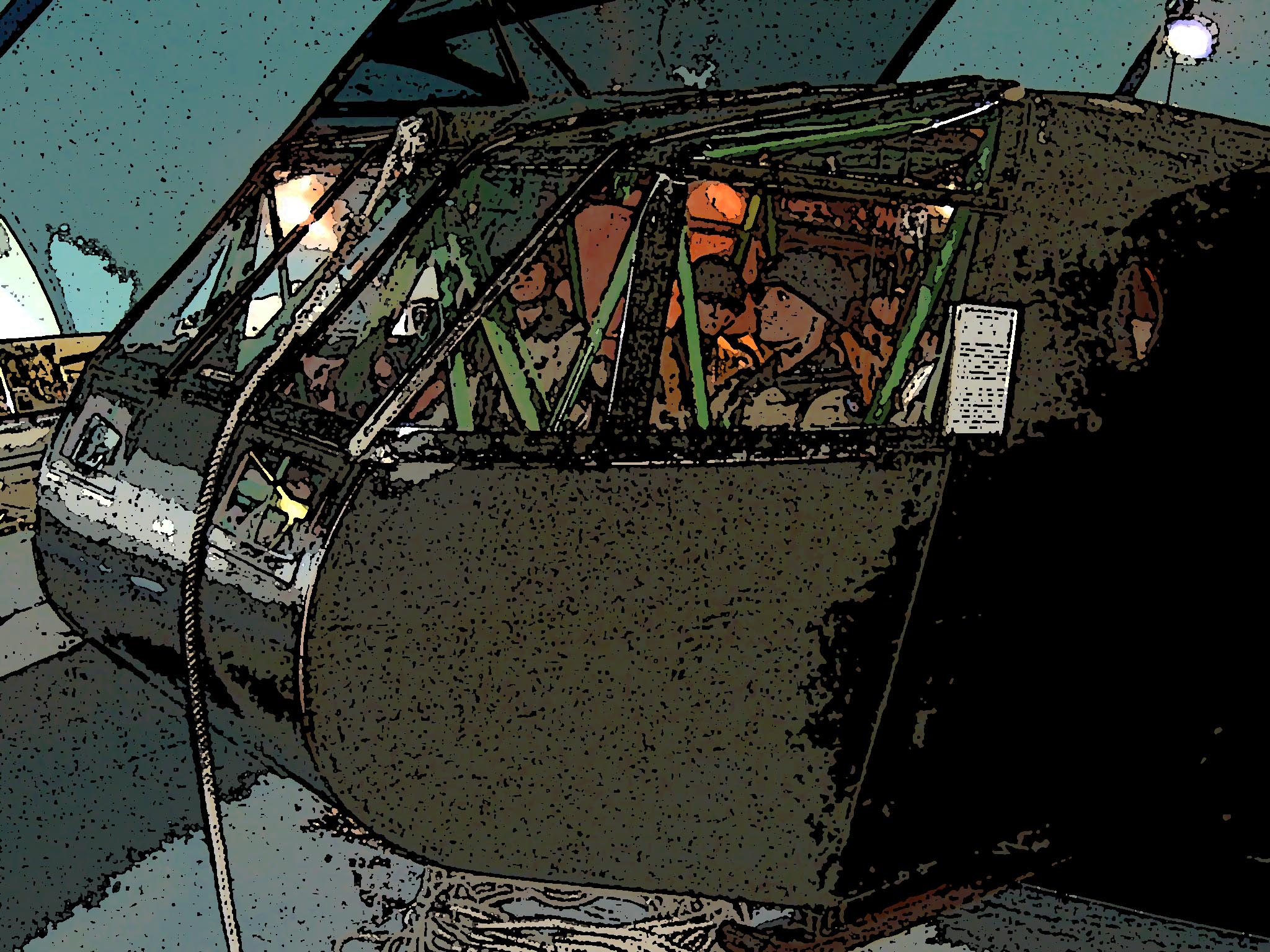 |
Le Waco( Weaver Aircraft Company of Ohio). CG-4 a été le planeur le plus largement utilisé par les troupes aéroportées US durant la 2° Guerre Mondiale
Le premier a été livré en avril 1942 et, à la fin de la guerre, près de 14.000 ont été construits. Parmi ces 14000 750 ont été fournies aux GPR (Glider Pilot Regiment ).
The Weaver Aircraft Company (Waco) de Troy, Ohio, n'a pas commencé la construction des CG-4A (rebaptisé «Hadrian» par les Britanniques) qu’à la mi-1941 avec 16 autres compagnies comme Wicks Aircraft Company et du Commonwealth Aircraft Corporation of Kansas City
Conception et développement
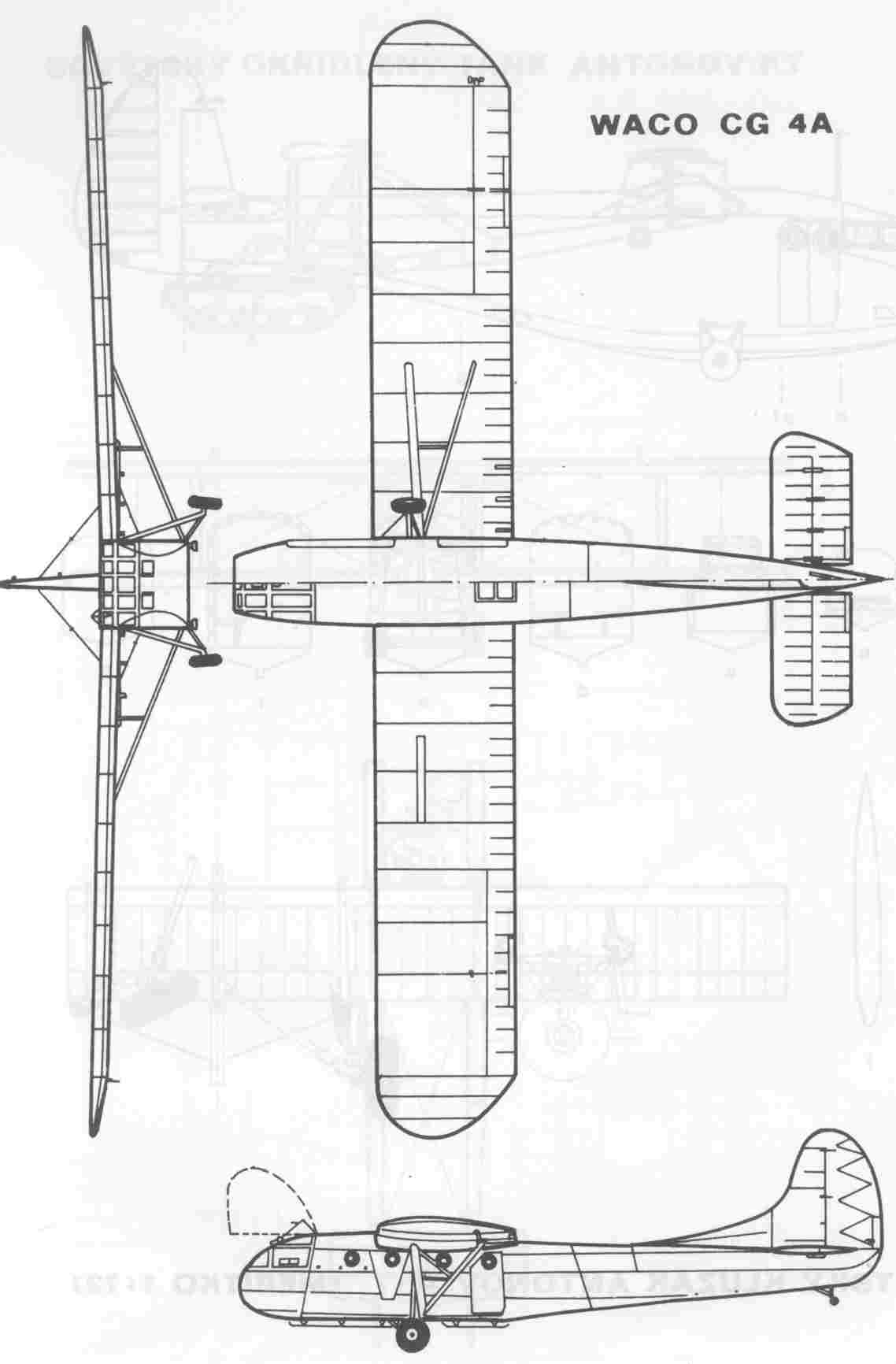 |
Le CG-4A a une envergure de 25m, une longueur de 14m et un poids allant jusqu’a 3400kgs Le CG-4 était construit en bois recouvert de tissu, et en métal pour la structure
Il était mis en œuvre par un pilote et un copilote
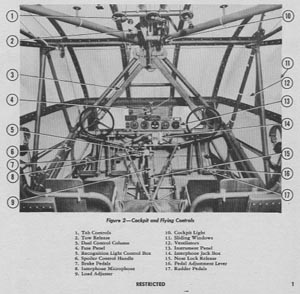 |
| Internet |
Un planeur a été construit en 24 heures. Son fuselage était construit en tubes d'acier. Les ailes étaient en bois et couvertes de plaques en contreplaqué. Le sol était aussi en contreplaqué. La superstructure de l’avion était recouvert d'une toile en coton. Le poste de pilotage était pivotant vers le haut pour permettre le chargement et le déchargement de la partie arrière (section cargo).
Durant la Guerre les pilotes de planeurs américains ont été formés à Lubbock, Texas
Les 17e, 82e et 101e divisions aéroportées US ont aussi utilisées environ 350 Planeurs britanniques Horsa sur les opérations en Europe. Le Horsa avaient une charge beaucoup plus grande capacité de charge que le Waco américain
Le CG-4 pouvait transporter 13 soldats et leur équipement. le fret pouvait se composer d’une Jeep avec un howitzer 75 mm ou une remorque 1 / 4 r tonne, tous chargés par l'avant En outre, un petit bulldozer pouvait être chargé dans certains de ces planeurs.
Le C 47 a été utilisé habituellement comme un avion remorqueur et ainsi que quelques C 46 qui ont été utilisés pendant et après l’opération Plunderp ( Rhin Mars 1945)
Pour le remorquage il y avait le câble en nylon le CG-4A utilisait un câble de remorquage de 107 m de long ou de seulement 69 m de long, y compris la boucle doublée
| |
Le CG-4A trouvé grâce par sa petite taille qui est un avantage. Le CG-4A a été également utilisé pour envoyer des fournitures aux partisans
Le Horsa plus grand pouvait transporter plus de troupes (28 ou une jeep ou un canon AT), et le Hamilcar pouvait transporter un char léger mais le CG-4A pouvait atterrir dans des espaces plus petits.
.jpg) |
.jpg) |
En outre, en utilisant un système de traction simple un-C47 en vol muni d'un crochet de queue pouvait accrocher un CG-4A en attente sur un terrain.
Au début les planeurs étaient considérés comme du consommable et ont été abandonnés ou détruits après l'atterrissage. Aussi la moitié de ce matériel était perdu Malgré un manque de soutien , nombre de planeurs ont été récupérés en Normandie et réutilisés pour Market Garden
Versions
XCG-4 Prototype
2 plus un servant de banc d’essais pour le veilleissement structure
CG-4A
Production principale 13903 construits par 16 entreprises différentes rebaptisé G-4A en 1948
XCG-4B
1 CG-4A construite avec une structure en contreplaqué
XPG-1
1 CG-4A motorisé avec deux moteurs Franklin 6AC-298 N3 par Northwestern
XPG-2
1 CG-4A motorisé avec deux moteurs de 175 ch L-440-1 moteurs par Ridgefield
XPG-2A
2 XPG- motorisé avec 2 moteurs de 200 ch plus un CG-4A motorisé avec 200 ch
PG-2A
dix construit par Northwestern. production PG-2A avec deux moteur de 200 chL-440-7s, rebaptisé G-2A en 1948
XPG-2B
Annulé variante avec deux moteurs R-775-9
LRW-1
13 CG-4A transféré à l'US Navy
G-2A
PG-2A / nouvelle désignation, en 1948
G-4A
CG-4A/ nouvelle désignation, en 1948.
G-4C
35 conversions.G-4A avec différentes barres de traction
Hadrian Mk.I
25 CG-4A pour la RAF
Hadrian Mk.II
Désignation RAF pour le CG-4A avec les changements de matériel
Utilisateurs
Canada
Tchécoslovaquie
2 ou 3 Waco, désigné NK-4.
Royaume-Uni
688th 670th 671th 672th 673th Squadrons
Etats-Unis
USAAF et la US Navy
Campagnes
ETO
Invasion Sicile Juillet 1943 Operation Husky
Yougolsavie ravitaillement des partisans
Normandie
PTO
Birmanie Chine Inde
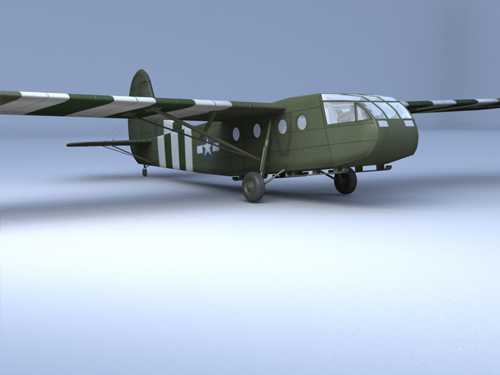 |
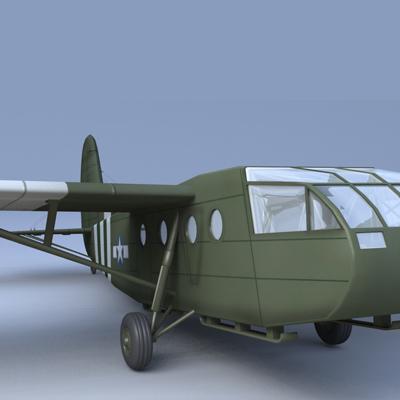 |
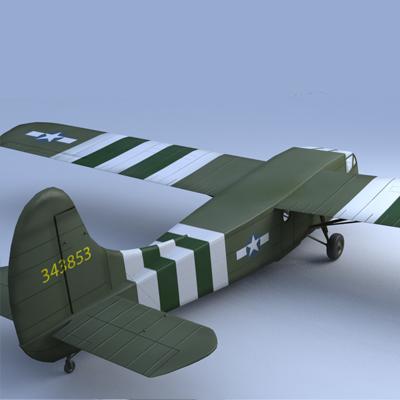 |
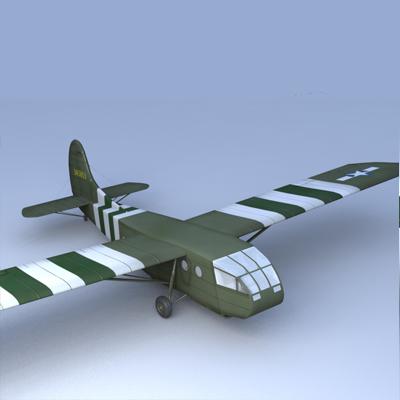 |
.jpg) |
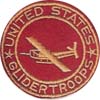 |
Utilisateurs Users
.png) |
.jpg) |
.png) |
.jpg) |
| Canada | Tchécoslovaquie | Royaume Uni | USA |
Autre Photoscope (Other Walk Around ) 1
Voir Aussi Autre Photoscope See Also Other Walk Around
DFS 230
Horsa
Hamilcar
.gif) |
.
WACO CG-4A St Mère l'Église
.jpg) |
Waco Weaver Aircraft Company of Ohio). CG-4 was the most widely used US troop/cargo glider during WW2 .
. The first was delivered in April, 1942 and, by the end of the war, close on 14000 had been built. Of these, 750 were supplied to the GPR(Glider Pilot Regiment ). The Weaver Aircraft Company (WACO) of Troy, Ohio, did not begin construction of its CG-4A (rechristened 'Hadrian' by the British) until mid-1941 with 16 other companies like Wicks aircraft company and Commonwealth Aircraft Corporation of Kansas city
Design and development
.jpg) |
The CG-4A had a wingspan of (25m, was 14m long and had an all up weight of 3400kgs The CG-4 was constructed of fabric-covered wood and metal and was crewed by a pilot and copilot and one glider was built on 24 hours. Its fuselage was built of steel
.jpg) |
tubing. The wings were of a wooden rib construction and covered in plywood. The floor was a honey-combed plywood pattern. The whole aircraft was covered in cotton fabric. The cockpit lifted to allow loading and unloading of the cargo section.
Durinf WW2 American glider pilots were trained at Lubbock, Texas
American 17th, 82nd and 101st Airborne Divisions used about 350 British Horsa's on operations in Europe. The Horsa had a much greater load carrying capacity than the American Waco
.jpg) |
CG-4 could carry 13 troops and their equipment. Cargo loads could be a Jeep a 75 mm hotwitzer or a 1/4 ton trailer, all loaded through the upward-hinged nose section. Also, a small Bulldozer could be loaded into some of these gliders.
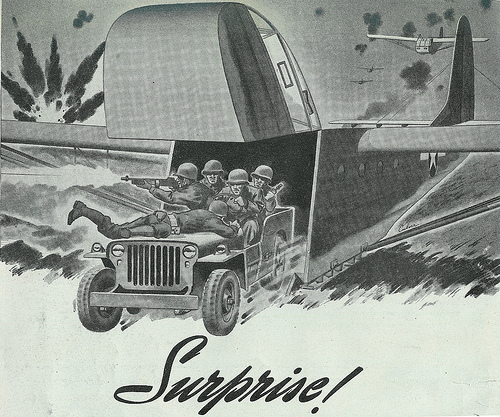 |
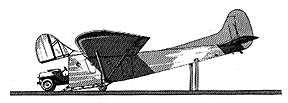 |
The C 47 was usually use as tow aircraft and also some C 46 were used during and after Operation Plunderp with the USAAF CG-4A tow line nylon of 107 m long. The CG-4A pickup line in has only 69 m long including the doubled loop
CG-4A found favor where its small size was a benefit. CG-4A was also used to send supplies to partisans
Larger British Horsa could carry more troops ( 28 or a jeep or an AT gun), and the Hamilcar could carry Ligth Tank , but the CG-4A could land in smaller spaces.
In addition, by using a fairly simple net system, an in-flight C47 equipped with a tail hook could "pick up" a CG-4A waiting on the ground.
Although not the intention of the Army Air Force, gliders were generally considered expendable and were abandoned or destroyed after landing.
While equipment and methods for extracting flyable gliders were developed and delivered to Europe, half of that equipment was rendered unavailable
Despite this lack of support for the recovery system, several gliders were recovered from Normandy and used for the operation Market garden
Versions
XCG-4 Prototype
2 built, plus one stress test article
CG-4A
Main Production 13,903 built by 16 various contractors. became G-4A in 1948
XCG-4B
1 CG-4A built with a plywood structure
XPG-1
1 CG-4A converted with two Franklin 6AC-298-N3 engines by Northwestern
XPG-2
1 CG-4A converted with two 175 hp (130 kW) L-440-1 engines by Ridgefield
XPG-2A
2 XPG-2 engines changed to 200 hp (150 kW). plus one CG-4A converted also with 200 hp (150 kW) engines
PG-2A
ten built by Northwestern. production PG-2A with two 200 hp (150 kW) L-440-7s, redesignated G-2A in 1948
XPG-2B
Cancelled variant with two R-775-9 engines
LRW-1
13 CG-4A transferred to US Navy
G-2A
PG-2A re-designated in 1948
G-4A
CG-4A re-designated in 1948.
G-4C
35 conversions.G-4A with different tow-bar,
Hadrian Mk.I
25 CG-4A for RAF
Hadrian Mk.II
RAF designation for the CG-4A with equipment changes
Users
Canada
Tchecoslovaquie
2 or 3 Wacos, designated NK-4.
United Kingdom
688 670 671 672 673 Squadrons
USA
USAAF and US Navy
Operational history
ETO
Invasion Sicily July 1943 Operation Husky
Yougolsavia ‘ supplies partisans
Normandy
PTO
China Burma India